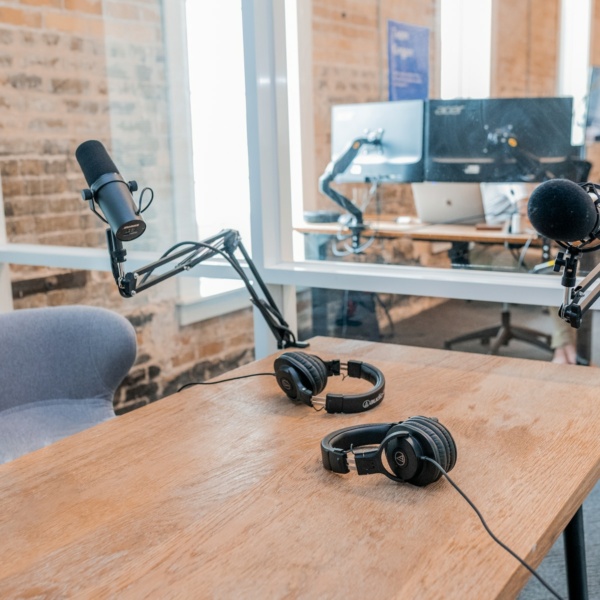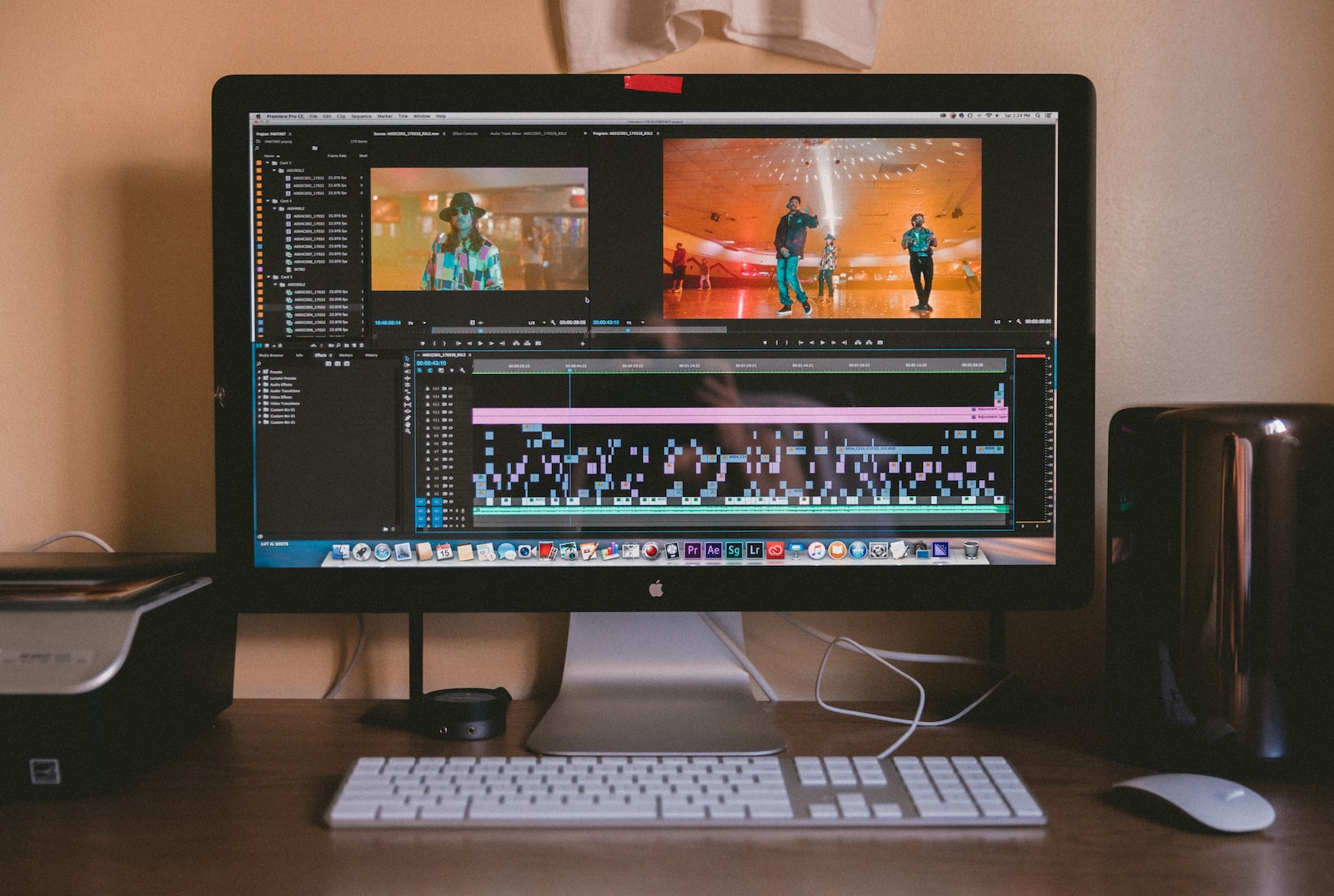
Lights, camera, cut! Welcome to the enigmatic world of film editing, where the real magic of moviemaking happens. As someone who’s been navigating the cinematic cosmos for the past four years, it’s high time we unravel the mysteries of post-production, where the invisible hands of editors weave the threads of raw footage into the tapestry of storytelling. So, grab your metaphorical scissors and let’s venture behind the scenes of the mesmerizing craft that is film editing.
The Editor’s Lair: Where the Magic Unfolds
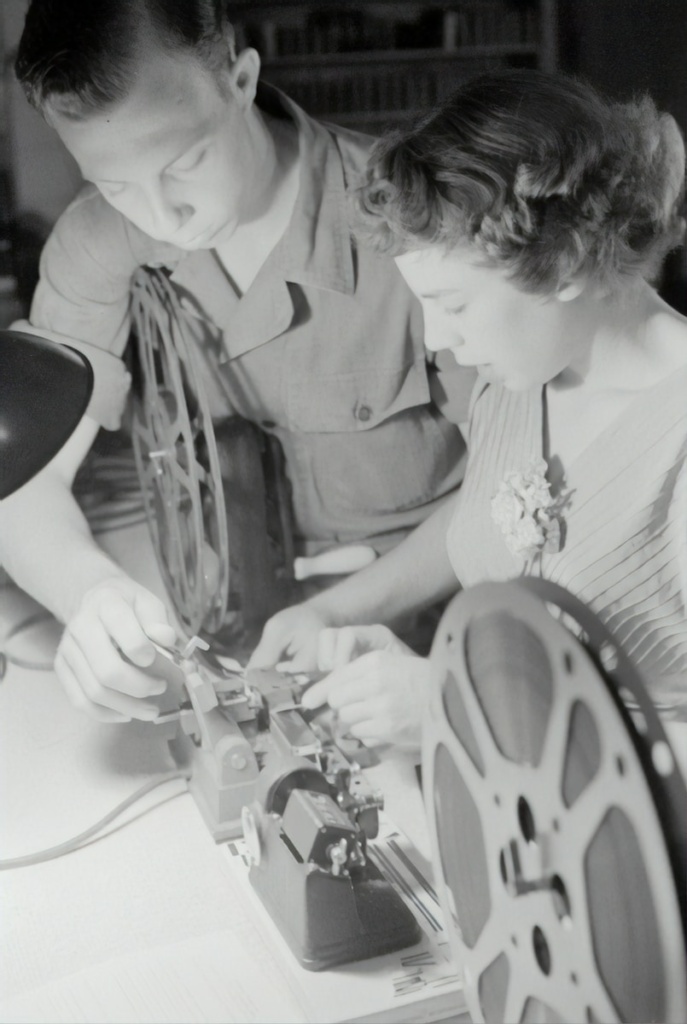
Before we dive into the nitty-gritty, picture this: a dimly lit room, the soft glow of computer screens, and the rhythmic tap-tap-tap of keyboards. This is the editor’s lair, the sanctum where hours of raw footage transform into a seamless narrative. The editor, armed with skill, patience, and perhaps a bit of caffeine, embarks on a journey to sculpt the film’s final form.
Cutting Through Time: The Art of Montage
Film editing is often described as the art of montage – the arrangement of shots to create meaning. Sergei Eisenstein, the Russian film theorist, coined the term, and his groundbreaking work in films like “Battleship Potemkin” (1925) showcased the power of juxtaposing images to evoke emotion and convey ideas.
Consider the Odessa Steps sequence in “Battleship Potemkin.” The rapid cutting between different shots creates a sense of tension and urgency, climaxing in one of the most iconic moments in cinematic history. It’s a testament to the editor’s ability to manipulate time and space, shaping the viewer’s emotional experience.
Hitchcock’s Suspenseful Edits: The Master of Suspense
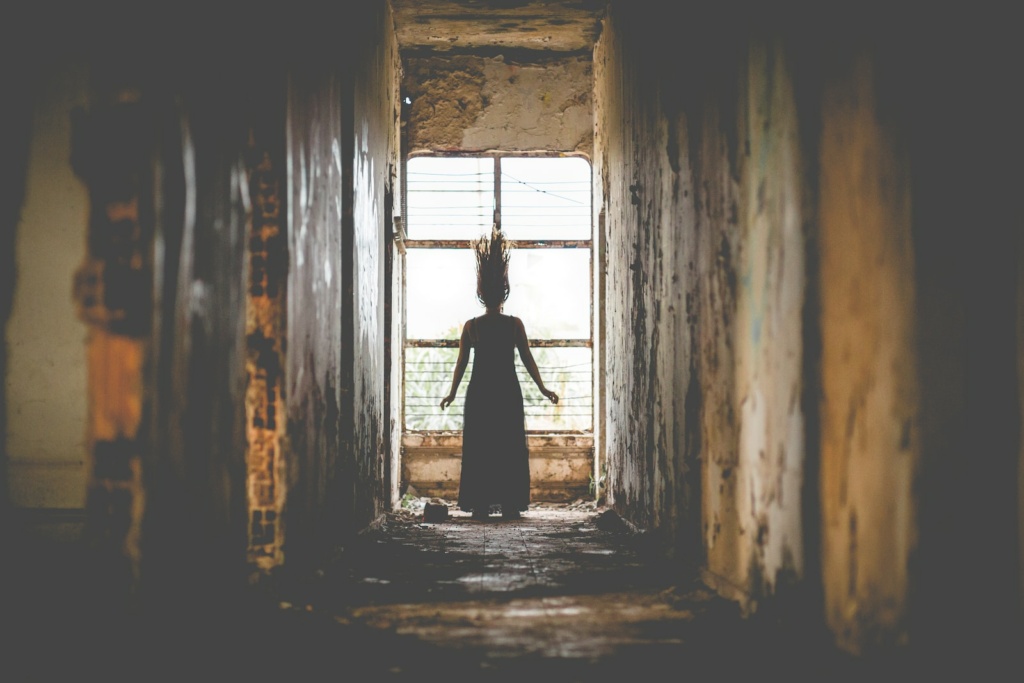
No discussion of film editing is complete without a nod to Alfred Hitchcock, the master of suspense. Hitchcock understood the psychological impact of editing, using it to heighten tension and keep audiences on the edge of their seats.
Take “Psycho” (1960), for example. In the infamous shower scene, the quick cuts between the knife, the victim, and the running water create a visceral and shocking experience. Hitchcock’s meticulous editing, paired with Bernard Herrmann’s screeching violin score, turns a simple shower into a cinematic masterpiece that still resonates today.
The French New Wave’s Playful Edits: Jump Cuts and Beyond
In the 1950s and ’60s, the French New Wave directors, including Jean-Luc Godard and François Truffaut, took a playful approach to editing. They embraced the jump cut, a seemingly abrupt transition between two shots that became a hallmark of the movement.
In “Breathless” (1960), Godard’s use of jump cuts adds a sense of spontaneity and energy to the film. The unconventional editing style mirrors the rebellious spirit of the characters and the movement itself. It’s a prime example of how editing choices can become an integral part of a film’s identity.
Editing as Rhythm: Scorsese’s Dynamic Cuts
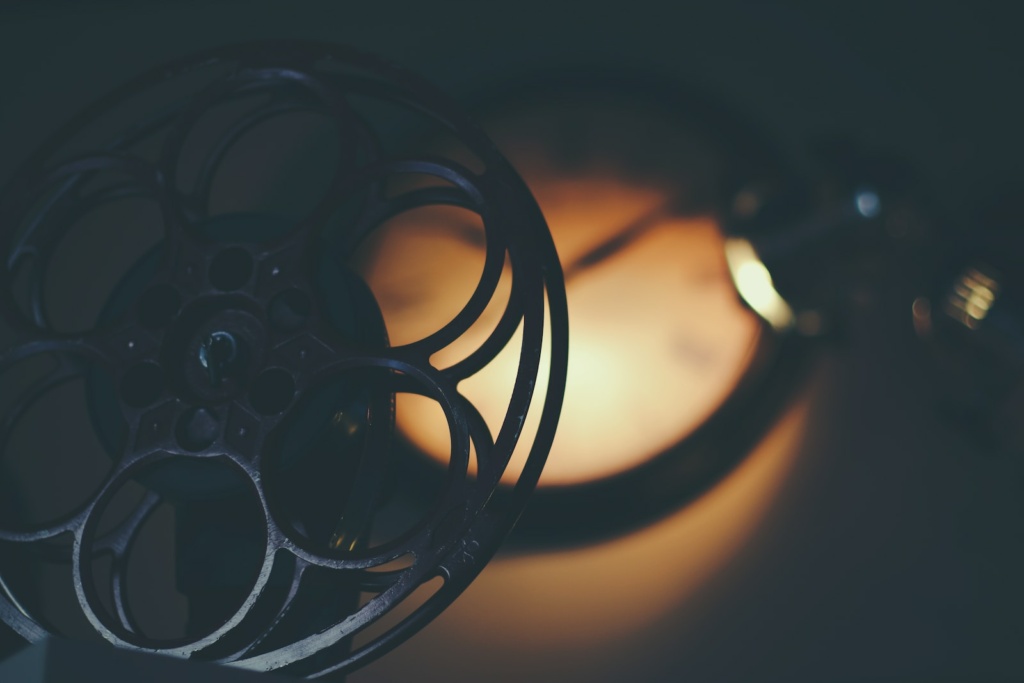
Martin Scorsese, the maestro of modern American cinema, infuses his films with a dynamic and rhythmic editing style. In “Goodfellas” (1990), the famous Copacabana tracking shot is a testament to Scorsese’s ability to choreograph movement within a scene seamlessly. The long take, paired with strategically placed cuts, creates a pulsating rhythm that mirrors the energy of the characters.
Scorsese’s collaborations with editor Thelma Schoonmaker have become legendary, showcasing the symbiotic relationship between a director and an editor. Their work together on films like “Raging Bull” (1980) and “The Wolf of Wall Street” (2013) demonstrates how editing can elevate the storytelling to new heights.
The Digital Revolution: Editing in the 21st Century
The advent of digital technology has revolutionized film editing. No longer constrained by physical film reels, editors now navigate the digital realm, wielding powerful software to manipulate images and sound. Films like “Birdman” (2014), directed by Alejandro González Iñárritu and edited by Douglas Crise and Stephen Mirrione, showcase the possibilities of seamless long takes made possible by digital editing.
Editing software like Avid, Adobe Premiere, and Final Cut Pro has become the modern editor’s toolkit, providing a canvas for creative exploration. The democratization of editing tools has also opened doors for aspiring editors, allowing them to experiment with storytelling in ways that were once reserved for the industry elite.
The Unsung Heroes: Editors and Their Impact
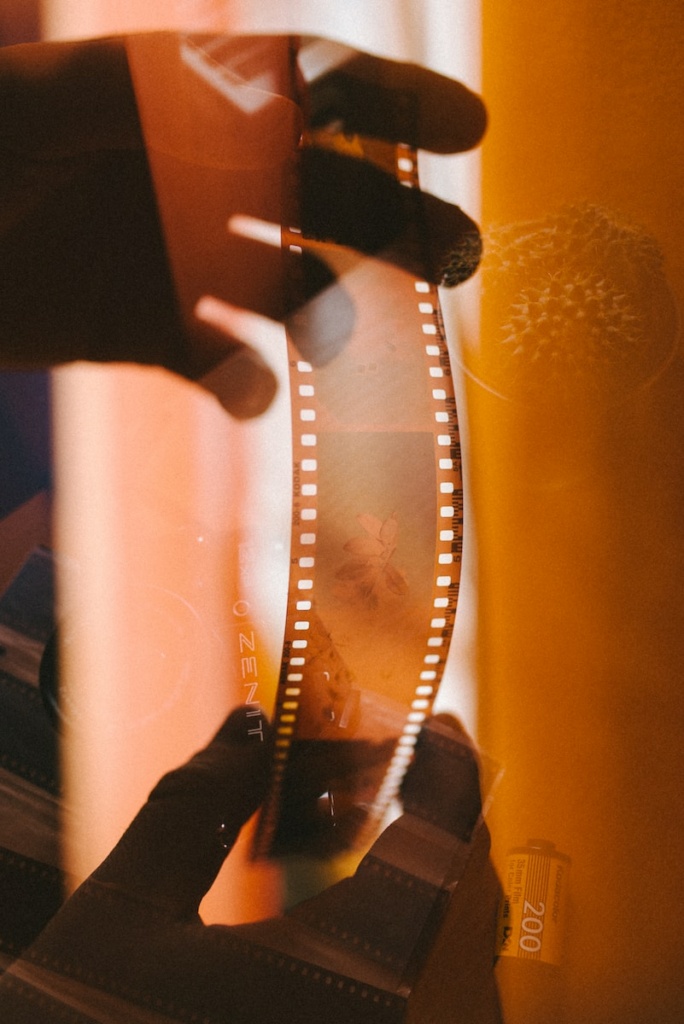
While directors and actors often bask in the limelight, film editors are the unsung heroes working tirelessly behind the scenes. Walter Murch, Thelma Schoonmaker, and Dede Allen are just a few names that have left an indelible mark on cinema through their editing prowess.
Murch, known for his work on films like “Apocalypse Now” (1979) and “The English Patient” (1996), introduced the concept of the “rule of six” – a set of guidelines for making editorial decisions. Schoonmaker, a frequent collaborator with Martin Scorsese, has edited numerous classics, earning her multiple Academy Awards.
Editing as Storytelling: From Rough Cut to Final Frame
Film editing is more than just cutting and splicing footage; it’s a form of storytelling. The editor, armed with a keen understanding of narrative structure, rhythm, and emotion, shapes the raw material into a cohesive and compelling tale.
Consider the editing in “Whiplash” (2014), directed by Damien Chazelle and edited by Tom Cross. The rapid cuts between the drummer’s frenetic performance and the reactions of the band members build tension and convey the intensity of the music. It’s a prime example of how editing serves the narrative, amplifying the emotional impact of a scene.
Conclusion: The Final Cut and Beyond
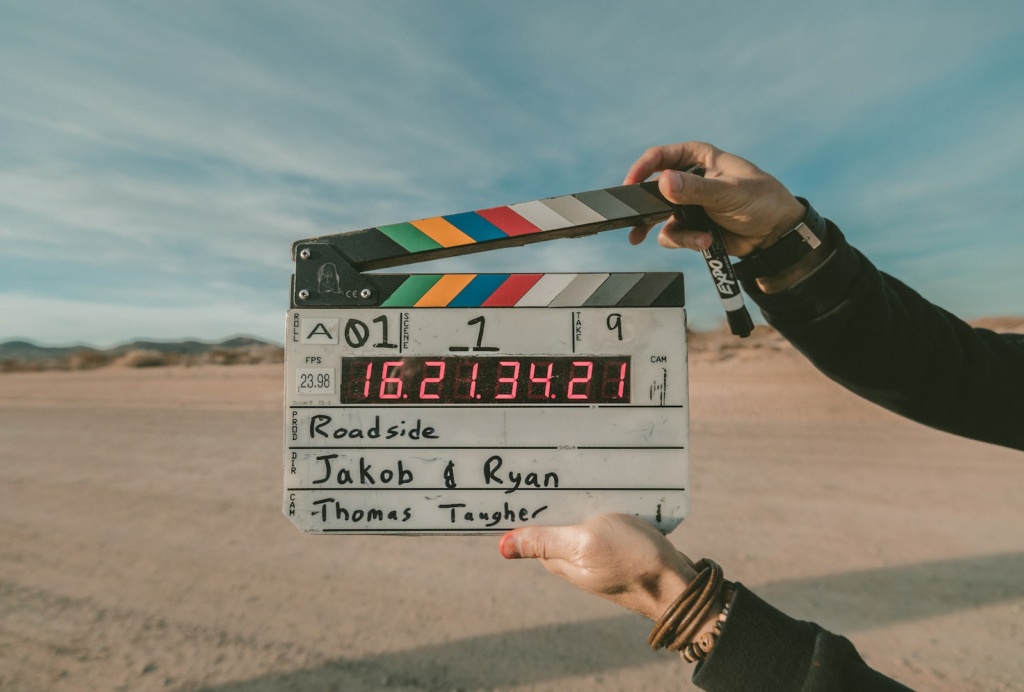
As we wrap up our journey through the enchanting world of film editing, it’s clear that editors are the architects of cinematic magic. They mold the raw clay of footage into a sculpture that evokes emotions, tells stories, and captures the essence of the human experience.
So, the next time you find yourself captivated by a film’s pacing, moved by a sequence of shots, or immersed in the seamless flow of a scene, tip your hat to the editors – the unsung heroes who transform cinematic visions into reality. As I continue my exploration of the vast cinematic landscape, I’ll be keenly aware of the invisible hands shaping the stories we love, one cut at a time.

